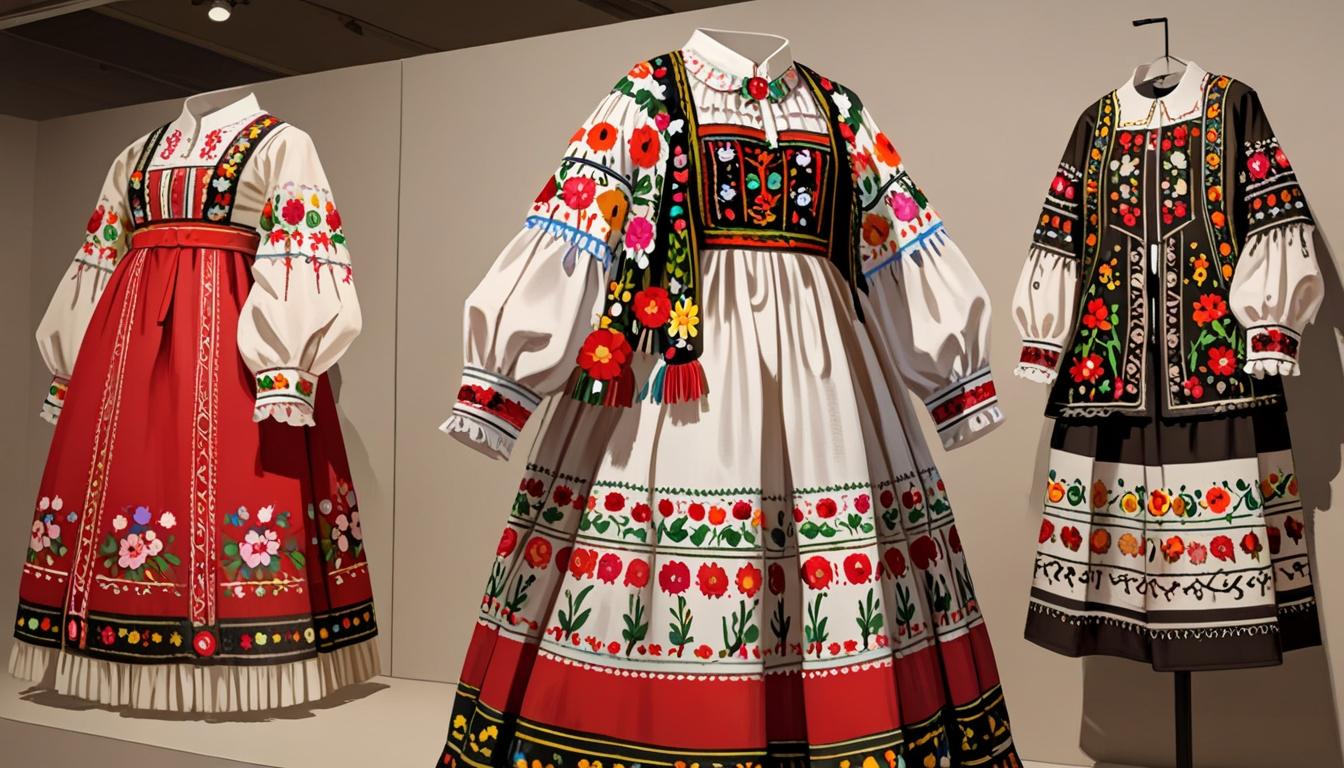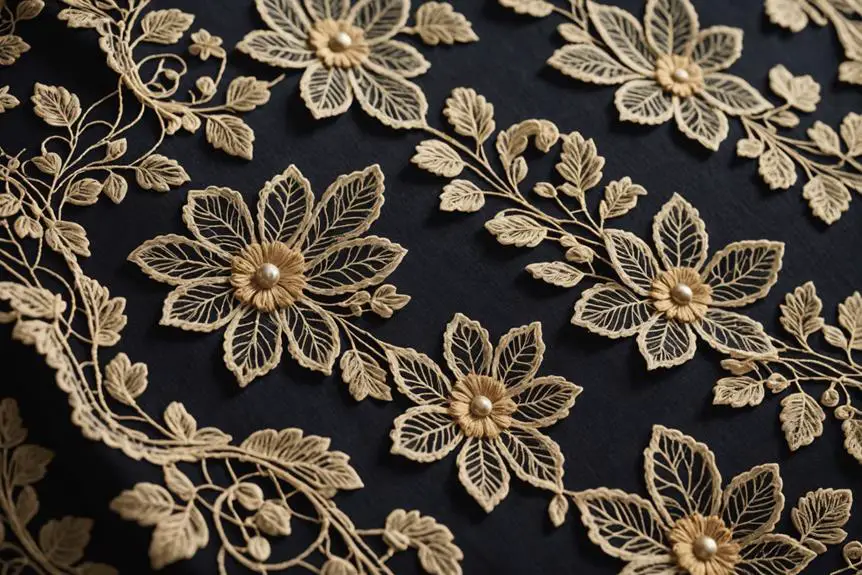The ‘Fashion in Folklore’ exhibition at the House of Traditions highlights the connection between traditional Hungarian motifs and modern fashion, featuring interactive experiences and notable historical pieces.
The exhibition titled “Fashion in Folklore,” currently on display at the House of Traditions, explores the interplay between traditional Hungarian folk culture and contemporary fashion. The event showcases an array of garments, accessories, and artifacts that celebrate and preserve the vibrant motifs of Hungarian folk art, such as plant tendrils and stylized floral patterns, which have been integral to the country’s heritage for centuries.
Curated by Dr. Szilvia Czingel, the exhibition seeks to bridge the gap between historical aesthetics and modern design. Speaking about her inspiration for the exhibit, Czingel acknowledged the recent surge in fashion exhibitions worldwide, stating, “Our goal is to point out the connections between folk art and contemporary fashion. The objects displayed here are special both for their aesthetic value and their stories, whether through their iconic creators or their animated historical moments.” This initiative reflects a response from Hungary to the international focus on fashion, which has recently included notable showcases in cities like Paris and New York.
Among the notable pieces featured are traditional folk costumes representing the Matyó, Mez?kövesdi, Kalotaszeg, and Sárköz regions. Visitors have the opportunity to try on these garments, which has proved to be a popular interactive experience. The exhibition also includes a digital quiz for attendees, enhancing engagement with the showcased items.
A significant highlight of the exhibition is a black-and-white photograph of Countess Jacqueline Almásy, who was a prominent figure in the early 20th century. Known for her beauty and love for fashion, Almásy was photographed multiple times, including features in Vogue magazine. Her connections to renowned fashion designer Elsa Schiaparelli, who drew inspiration from Hungarian folk costumes, are also emphasized. Schiaparelli’s line featured elements such as tulip motifs and intricate beaded designs, showcasing the influence of Hungarian aesthetics in international high fashion.
The exhibit further explores the impact of cultural movements, particularly the 1960s hippie movement in the United States, which celebrated folk motifs. This era saw youth embrace nature and freedom, often using floral designs in their clothing and accessories. The Hungarian dance house movement of the 1970s also helped popularize folk costumes, as regional attires became integral to performances by groups like the Hungarian State Folk Ensemble.
Other standout pieces include an installation featuring swimwear from the “Csárdás” collection designed by Lea Gottlieb, who emigrated from Hungary to Israel post-Holocaust. This collection, presented for the first time in Europe, incorporates Kalocsa patterns and is inspired by Chagall’s artworks alongside traditional folk designs.
The exhibition boasts nearly 150 items, including Kati Zoób’s unique creations and a cherry-colored MALÉV uniform paired with a Kalocsa apron. Additionally, it features the iconic stage outfit worn by Márta Sebestyén while performing in front of Queen Elizabeth II.
Visitors can view the “Fashion in Folklore” exhibition until October 30, operating Tuesday through Sunday from 10:00 AM to 6:00 PM, with a summer break scheduled from July 28 to August 18. More information about the exhibition can be accessed through the House of Traditions’ website.
Source: Noah Wire Services




